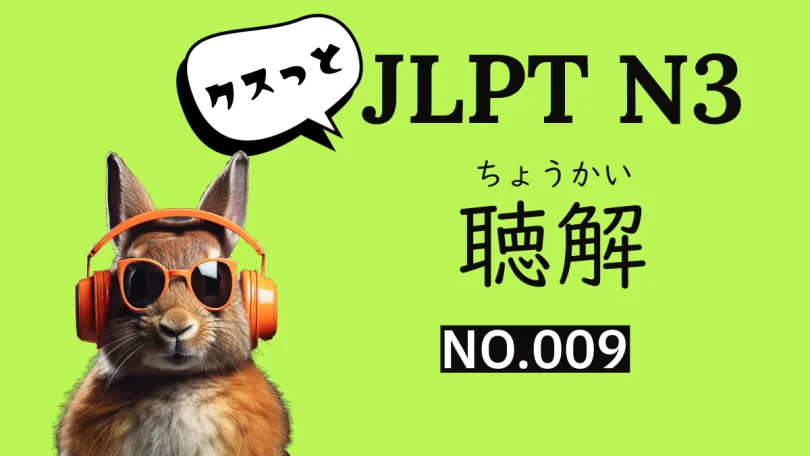Table of contents
Script
→(やじるし)の人はなんといいますか。
1から3の中から、いちばんいいものを一つえらんでください。
本を読んでいます。
テレビの音がうるさいです。 何と言いますか。
- ちょっと、テレビの音、小さくして。
- ちょっと、テレビ見るなら、見て。
- ちょっと、テレビの音、小さくない?
(平成) とりま、テレビ オフって。
Answer
1ばん
Comment
Vくします: Used for intentional change of state.
例)
A: 髪はどのぐらい切りますか。
B: 短くしてください。15cmくらい。
Vない?(Vませんか): expresses the intention of soliciting or urging
A: テレビの音、小さくない?
(気持ち: テレビの音は小さいですよね?大きくしてください。)
It confirms to the other person that the sound is low and encourages him or her to turn up the volume.
Heisei-era Japanese:
とりま (=とりあえず、まあ): For now, well…
The term was used by Japanese high school girls around 2011. It is a shortened form of the word “とりあえず、まあ”.
It is often used at the beginning of a sentence.








